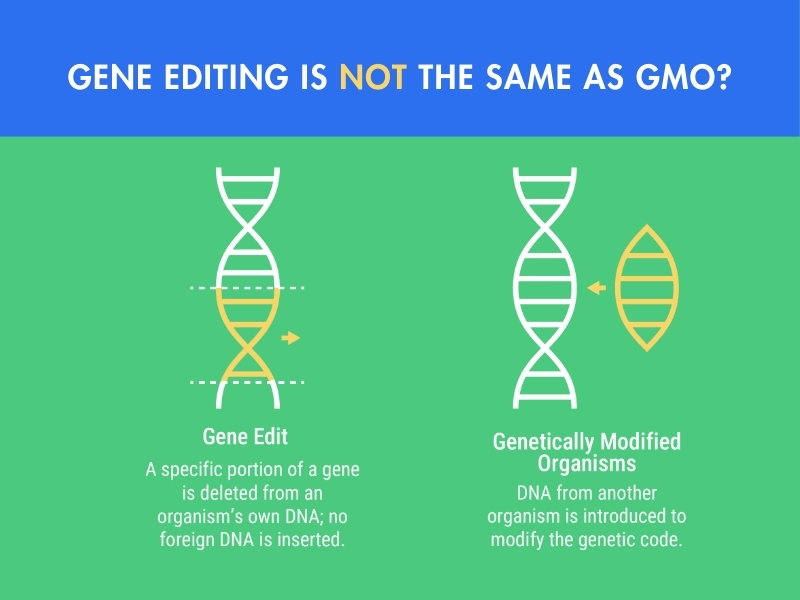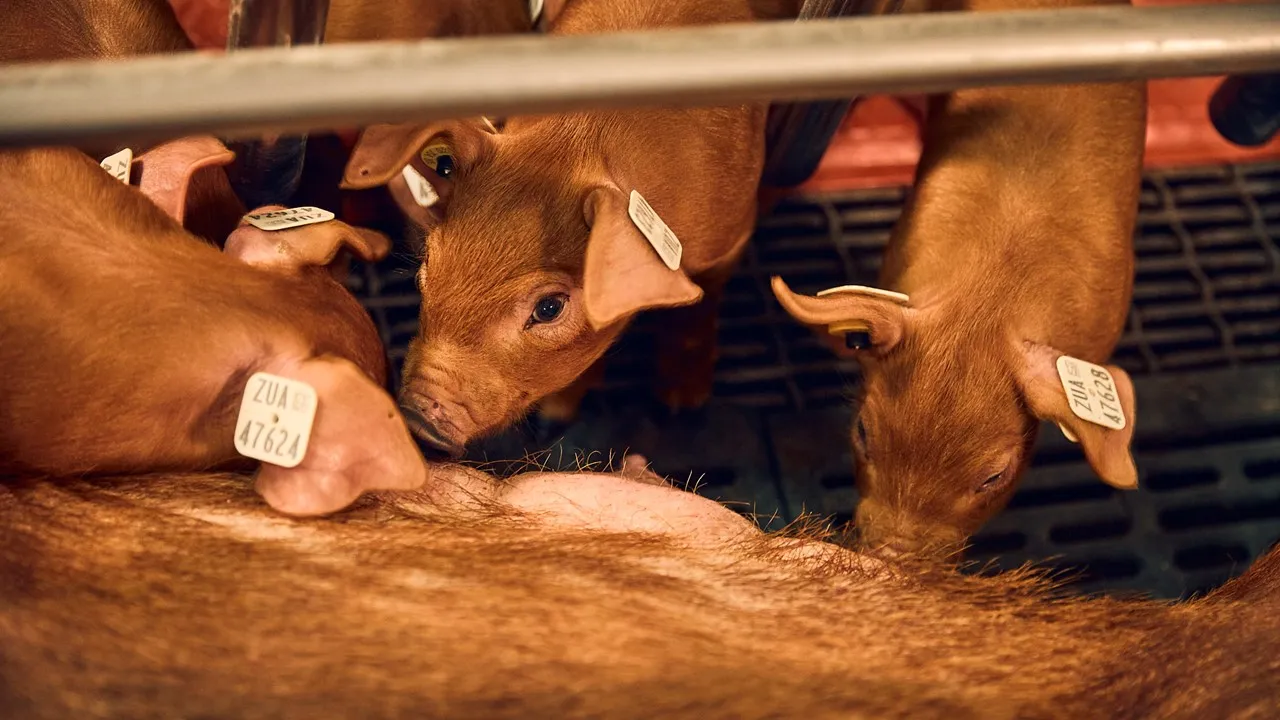If we could eliminate the challenges from the most serious global pig disease, we could have pork with improved animal welfare, reduced need for antibiotics and a reduced environmental impact.
The PRRS virus significantly impacts animal welfare
PRRS is a devastating virus that causes animal suffering and prematurely kills millions of pigs each year. Pigs infected with the PRRS virus experience severe symptoms like breathing problems, fever, inability to eat, stillborn piglets and even death.
Without PRRS, pigs are spared from the suffering associated with these symptoms.
The PRRS virus significantly increases the need for antibiotics.
The PRRS virus suppresses pigs’ immune systems, making them more susceptible to secondary infections that may require more antibiotics per a recent ISU study .
Without PRRS, pigs require dramatically fewer antibiotics.
One of the most important ways to improve sustainability is to raise the right animal – one that is healthy, robust and efficient.
PRRS negatively impacts the sustainability of raising pigs because it can increase the need for resources like water, feed, land, and ultimately, it can increase greenhouse gas emissions.
But if we raise pigs that are resistant to the PRRS virus, we could decrease the environmental impact. In fact, a recent ISO-conformant lifecycle assessment found that eliminating PRRS could reduce greenhouse gas emissions by up-to 9% in the U.S.
Pork from PRRS-resistant pigs is no different than the meat you already know and love, except the pigs were resistant to the PRRS virus.
A recent study found that the PRRS-resistant pigs grew and reproduced the exact same as conventionally bred pigs. Furthermore, the meat quality and composition from PRRS-resistant pigs was no different than conventionally bred pigs.
This study concluded that PRRS-resistant pigs are no different from the control pigs, except for their resistance to the infection caused by the PRRS virus.
Gene editing is not the same as Genetically Modified Organisms (GMO).
To breed pigs that are resistant to PRRS, PIC precisely removed a portion of a specific gene that the PRRS virus enters to infect the pig. Nothing foreign was added. No genes were inserted.
PIC will be one of the first organizations to introduce a gene-edited protein into the food supply, but there are more than 500 gene-edited crops under development worldwide. In human health, gene-editing has been used to successfully treat patients with sickle cell anemia, inherited blindness, and more.
The FDA has approved PIC’s gene edit.
The U.S. Food and Drug Administration (FDA) has granted approval to PIC for the gene edit used in its PRRS-resistant pig, determining that the technology is safe and effective.
Government agencies, like the U.S. Food and Drug Administration (FDA), review and approve innovations like the gene edit that enables resistance to the PRRS virus to determine that it is safe.
Other countries have already stated that they will regulate PRRS-resistant pigs the same as conventionally bred pigs.
Porcine Reproductive and Respiratory Syndrome (PRRS) is a dynamic, often fatal virus that infects pigs around the world. It causes needless suffering and prematurely kills millions of pigs each year.

Pork from PRRS-resistant pigs is no different than the meat you already know and love, except the pigs were resistant to the PRRS virus.
A Frontiers in Genome Editing study found that PRRS-resistant pigs and the resulting pork products are no different than conventional pigs and the pork products consumers already know and love.
The study concluded that the only difference between PRRS-Resistant Pigs and the conventional pigs was resistance to the infection caused by the PRRS virus.
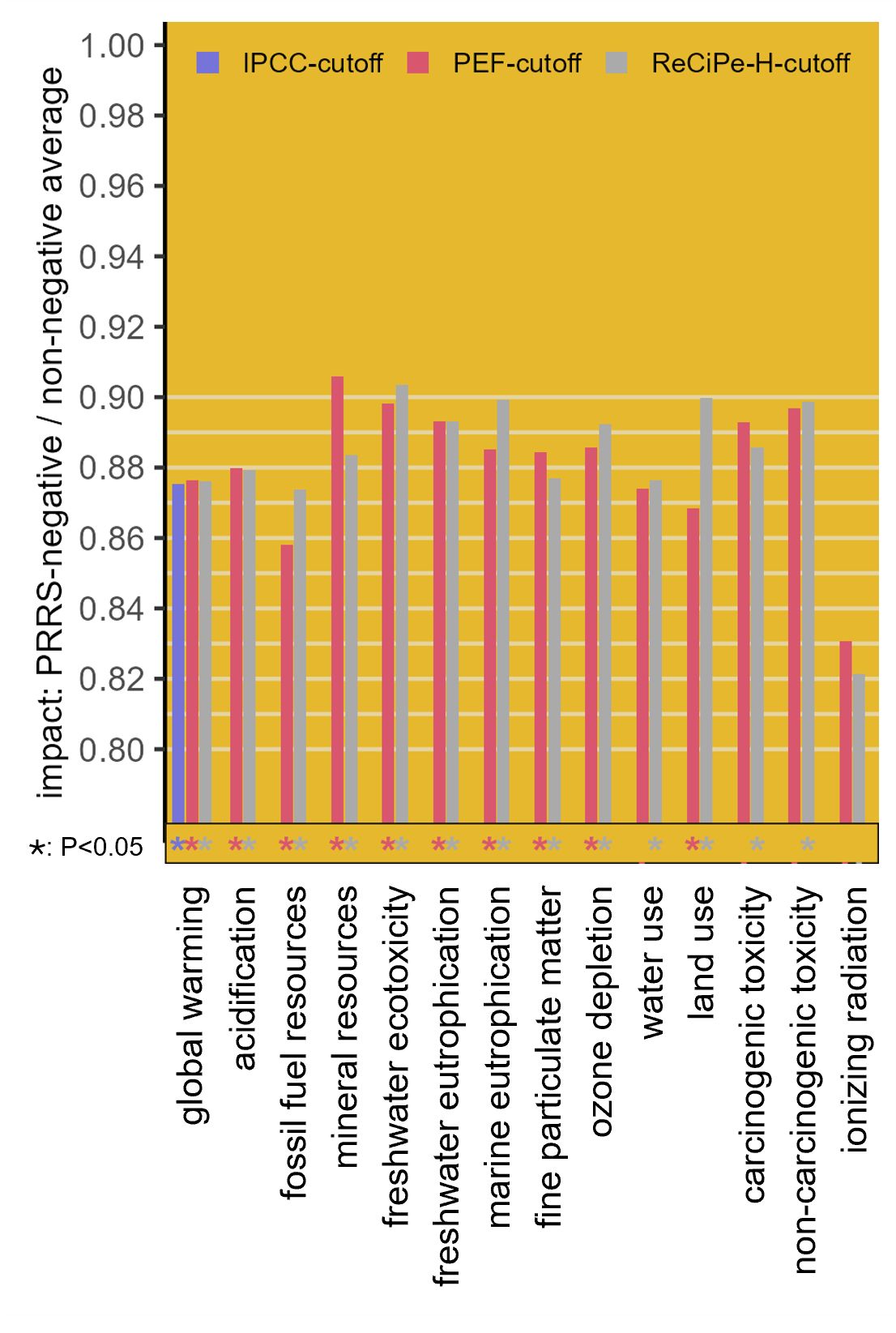


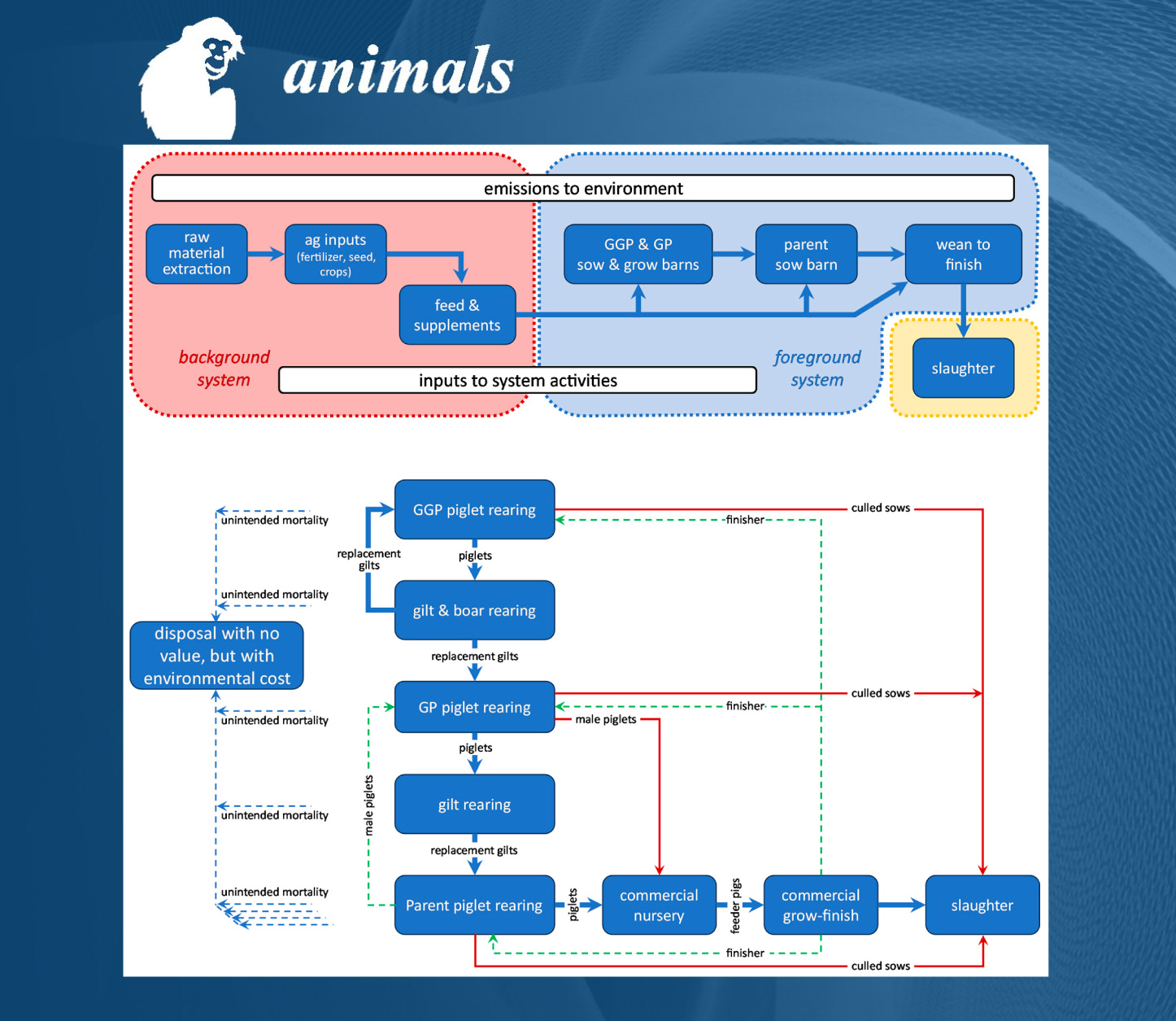
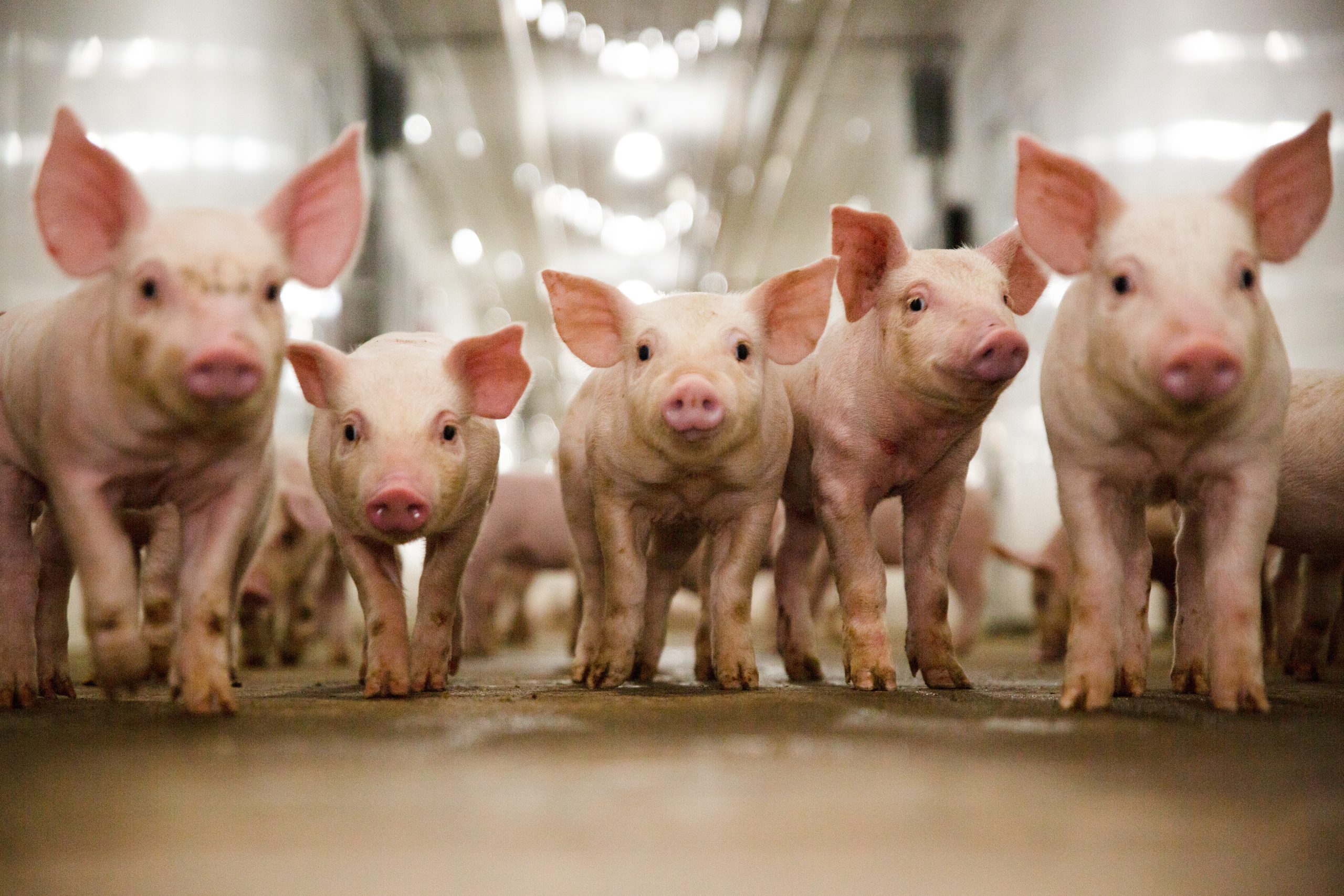

When the PRRS virus infects a pig’s body, the virus latches onto a small part of a particular gene in the pig’s immune system, starting a chain reaction that makes the pig sick with PRRS. PIC used gene editing technology to precisely delete the specific portion of the gene the virus needs to start an infection, preventing the pig from getting sick.
Gene editing technology shows tremendous potential to help treat and prevent human diseases, including HIV and a variety of cancers, according to the World Health Organization, and it has already been used successfully to treat diseases such as Sickle Cell Anemia, hearing disorders and more.
In agriculture, gene editing has already been approved and used to grow seedless blackberries, make greens more nutritious, cultivate rice that is resistant to climate change, raise sea bream that are more efficient, and now, breed pigs that are resistant to the PRRS virus.
We need advanced breeding technologies, including gene editing, to solve on-farm and societal challenges including disease management, animal welfare, climate change, supply chain disruptions, and increased food prices and insecurity.
A specific portion of a gene is deleted from an organism’s own DNA; no foreign DNA is inserted.
DNA from another organism is introduced to modify the genetic code.

